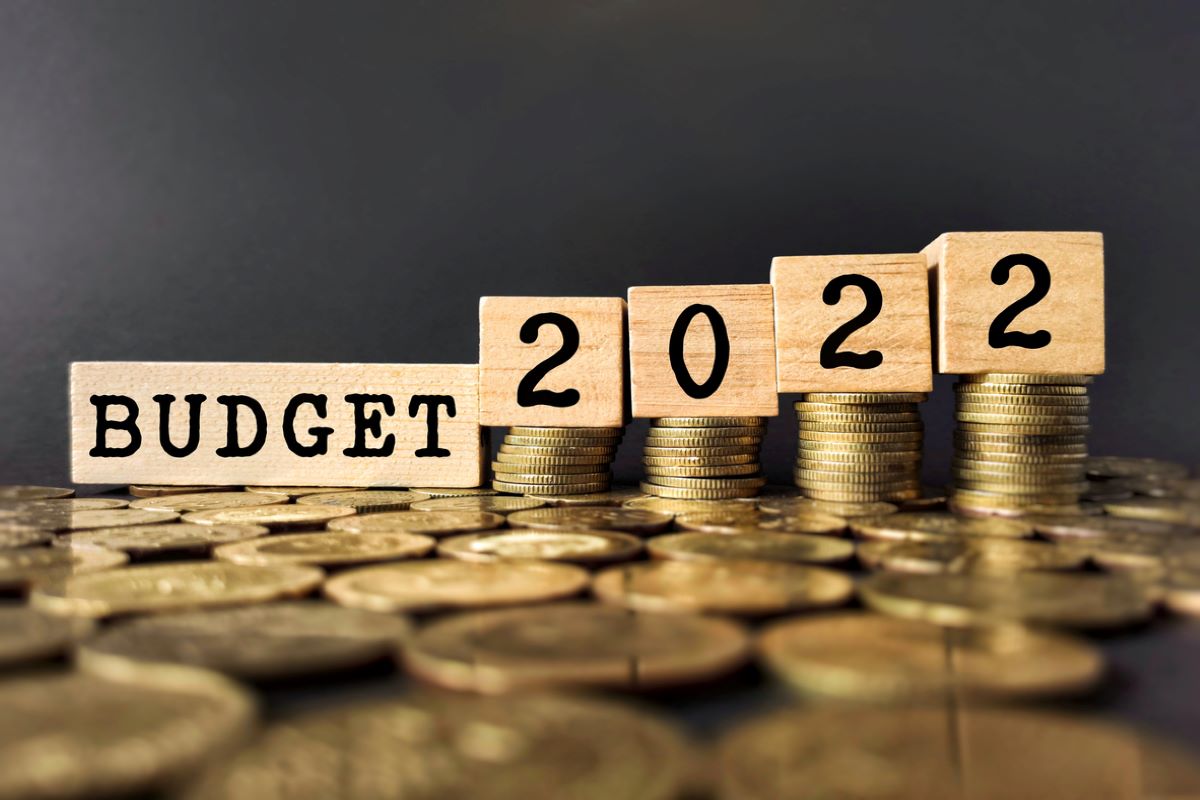Aside from a renewed dose of welfare economics ~ as distinct from the pop variety ~ the striking feature of the West Bengal budget for 2022-23 is that the state has extended by another six months the 2 per cent reduction in stamp duty and the 10 per cent cut in the “circle rate”, which is the floor price fixed by the government in relation to property transactions.
Friday’s proposals are intended to boost the real estate sector, a facet of the economy that is a conspicuous feature of the landscape, urban as much as rural. The buyers who propose to buy homes will readily welcome the announcement by Chandrima Bhattacharya, the minister of state for finance (independent charge). The government is likely to earn Rs 6990 crore from stamp duty and registration fees, which represents a 26.4 per cent increase from Rs 5527.55 crore that it earned in 2020-21.
Advertisement
Given the potential to generate employment, there is little doubt that real estate has what they call a “multiplier effect” on the economy. And the tax rebate ought to help achieve the objectives. The other relief that has been granted is that the government will continue the two exemptions that will benefit the tea industry. It will not have to pay the rural employment and education cess in the next financial year. The other relief to the tea estates must be the waiver granted on agricultural income-tax in 2022-23. The other cache of exemptions relate to registration fees and road tax for CNG vehicles for two years.
Theoretically, this should ensure cleaner air. As regards welfare and the Benthamite doctrine of the “greatest good for the greatest number”, Ms Bhattacharya’s Rs 3.21 lakh crore budget is riveted to continuing the welfare schemes, even extending them to cover a wider net. Specifically, priority has been accorded to ensure social safety for the poorest of the poor in West Bengal. After all, the state has been on the cusp of poverty for as long as it has.
The effectiveness of the social welfare schemes, both in terms of quality and coverage, will hinge almost entirely on the seriousness of the purpose with which these are implemented. Small wonder that a total of Rs 56,993 crore has been earmarked for four departments which will be directly connected ~ panchayat, women and child development and social welfare, backward classes and tribal welfare, not to forget agriculture.
The schemes now being executed by the state government do need to be spruced up and the direct cash transfers retained. Pre-eminently, Lakshmir Bhandar, Krishak Bandhu, old age pension, widows’ pension and crop insurance. Markedly, there are no new schemes, an index perhaps to the lack of resource generation.
The departments that have been selected for implementation will, once again theoretically, constitute the bedrock of West Bengal’s welfare economics. Clearly, the state government is trying to generate demand by pursuing what they call a “stimulation approach”.









